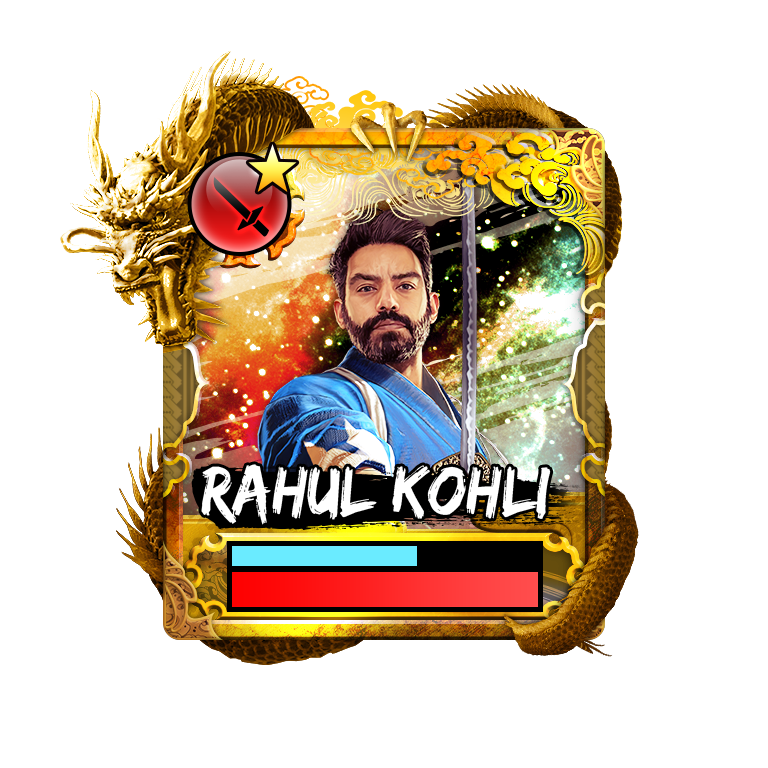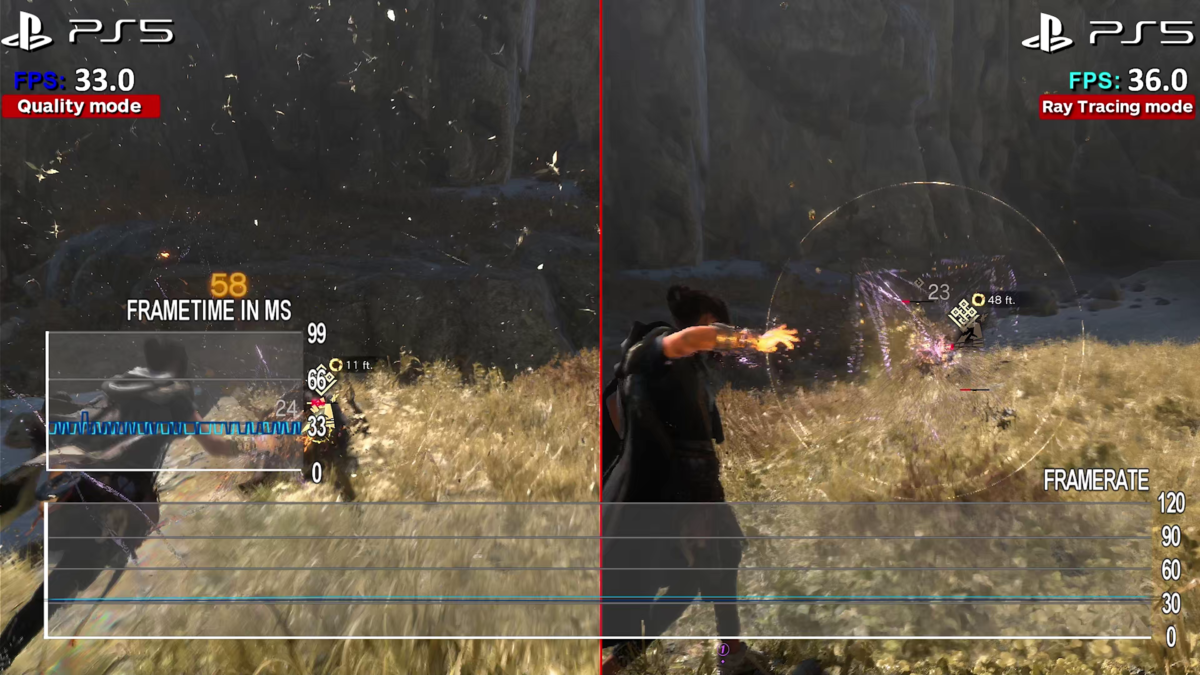This story contains spoilers for The Bad Batch. If you’re not caught up yet, check out our spoiler-free The Bad Batch Season 2 review.
There’s a blast from the past in the latest episode of The Bad Batch Season 2. Diving into the history of the Jedi Order and those that came before, fans are rightly asking who the “Ancients” are and what they could mean for the wider mythos of the galaxy far, far away.
“Entombed” wasted no time making Wanda Sykes’ Phee Genoa the star of the show, with this treasure-hunting pirate filling that Doctor Aphra-shaped hole in our lives. Much like that morally ambiguous archaeologist, Phee gives us some insight into the state of the galaxy in years gone by. Alongside mentions of the Grand Pearl of Novak and Blade of Zakata Par, one of Phee’s stories stood out more than the others.
Are The Ancients Connected to the Jedi?
Under the guidance of Phee, the Bad Batch journeys to the uncharted Kaldar Trinary and searches for the mythical Heart of the Mountain in Skara Nal. Skara Nal is eventually revealed as a walker-esque weapon of mass destruction, and although nothing about its creators is confirmed, Phee says the “Ancients” predate the Jedi Order itself.
It’s possible the Ancients are the Je’daii Order, who hailed from the planet Tython and eventually evolved into the modern Jedi Order. Remembering that Din Djarin (Pedro Pascal) took Grogu to Tython in The Mandalorian Season 2, there’s already a foundation to build on in mainline Star Wars canon. However, this seems unlikely when comparing The Bad Batch’s glimpse of Skara Nal and the dark side creatures of the Kaldar Trinary to the Je’daii’s motives of bringing balance to the Force.
Instead, the Ancients could be tied to Tony Gilroy’s Andor and a throwaway reference to the Rakata species. Here, Luthen Rael (Stellan Skarsgård) gave Cassian Andor (Diego Luna) a downpayment of a Kuati signet embedded with a blue and white sky kyber crystal. As well as saying it comes from an “ancient world,” he confirms it “celebrated the uprising against the Rakatan invaders.”
Rakata? Like, Knights of the Old Republic Rakata?
Introduced in BioWare’s Knights of the Old Republic video game back in 2003, the Rakata are a fish-like species that first mastered hyperspace travel. More than this, the Rakata were a sometimes villainous race that used the dark side to mix their technological prowess with spiritual evil.
As Knights of the Old Republic is set some 4,000 years before Lucas’ movies — and the Rakata existed 30,000 years before that — the timelines marry up with them being the Ancients that Phee refers to. For those who still aren’t convinced, a portion of the 2003 game takes place in a location called the Temple of the Ancients on the planet Lehon.
Notably, the Rakata developed a devastating weapon known as the Star Forge. The Rakata enslaved Force-sensitive creatures and used the dark side emotions of their victims to power machines. Others were used to help build the Star Forge as an automated shipyard that constantly churned out vehicles and soldiers to man the Rakata’s “Infinite Empire.” Knights of the Old Republic ended as players picked between destroying the Star Forge to embrace the light side or taking control of it for themselves on the dark side.
As for the Rakata, the Star Forge corrupted the species and led to a brutal civil war which, alongside a deadly plague that shattered their connection to the Force, brought the empire crumbling down. The Bad Batch shows something has decimated the Kaldar Trinary, and with the Rakata known for stripping planets for their resources, it adds credibility to the theory that they are, in fact, the Ancients.
What the Ancients Mean for the Future of Star Wars
The Jedi Order we know was founded by the shadowy Prime Jedi in the year 25,000 BBY (Before the Battle of Yavin), so we know The Bad Batch isn’t setting up the much-hyped The Acolyte that’s set around 100 years before The Phantom Menace. Still, that doesn’t mean the Ancients can’t lead to more live-action or animated projects.
It’s speculatory, but because The Bad Batch is set around 19 BBY and coincides with the start of construction on the Death Star, the destructive power of Skara Nal and the Ancients could have a much bigger part than we know. Even though Skara Nal is all but destroyed by the time the credits roll, Phee’s tease of the Ancients is a neat segue into these relics of the Expanded Universe.
Star Wars Rebels Season 2’s “Twilight of the Apprentice” previously teased the Star Forge with an Easter egg inside the Sith temple that looked a lot like the Rakatan’s space factory. There’s been a lot of talk about a live-action Knights of the Old Republic adaptation, and with two potential nods to the Rakata in Andor and now The Bad Batch, it’s a little coincidental.
Star Wars: The Last Jedi might’ve skimmed over Luke Skywalker inhabiting the first Jedi Temple on Ahch-To, but way back when, Lucas gave author Terry Brooks an extensive history of the Sith and Jedi for his novelization of The Phantom Menace. Much like the sometimes fanciful stories of Phee, there tends to be a little truth in these forgotten fables. We’ll just have to wait and see whether The Bad Batch’s tease of the Ancients pays off further down the line.







